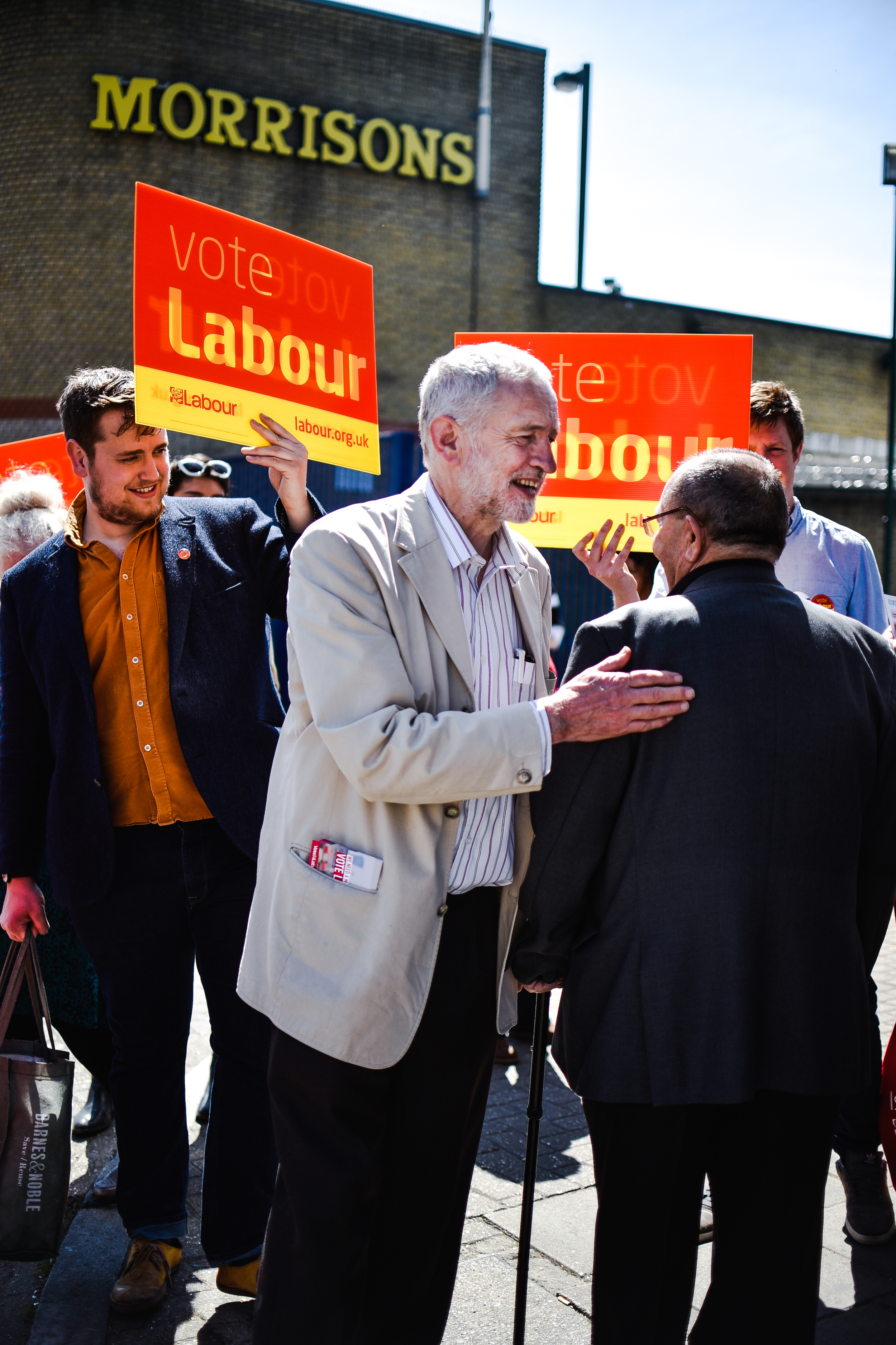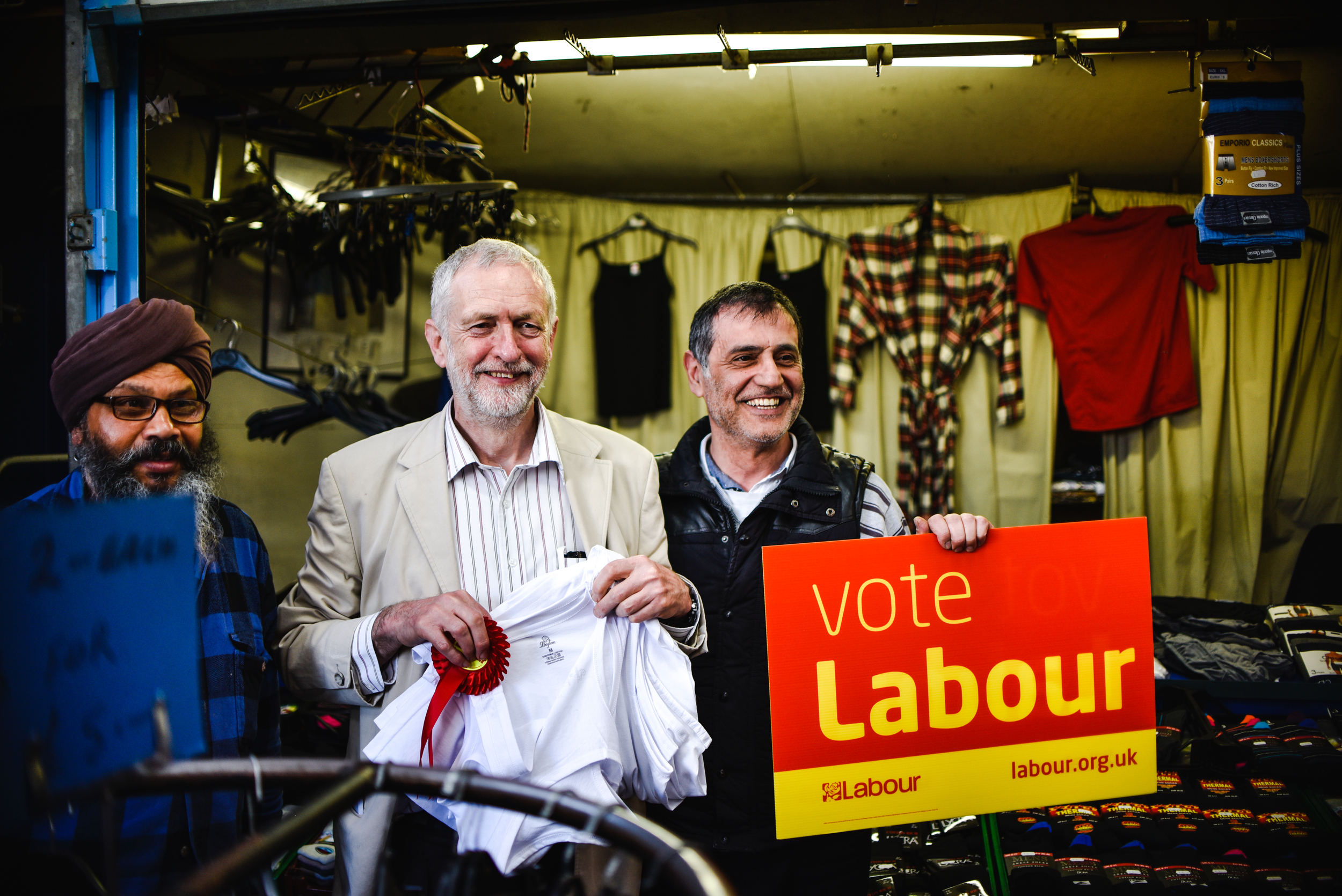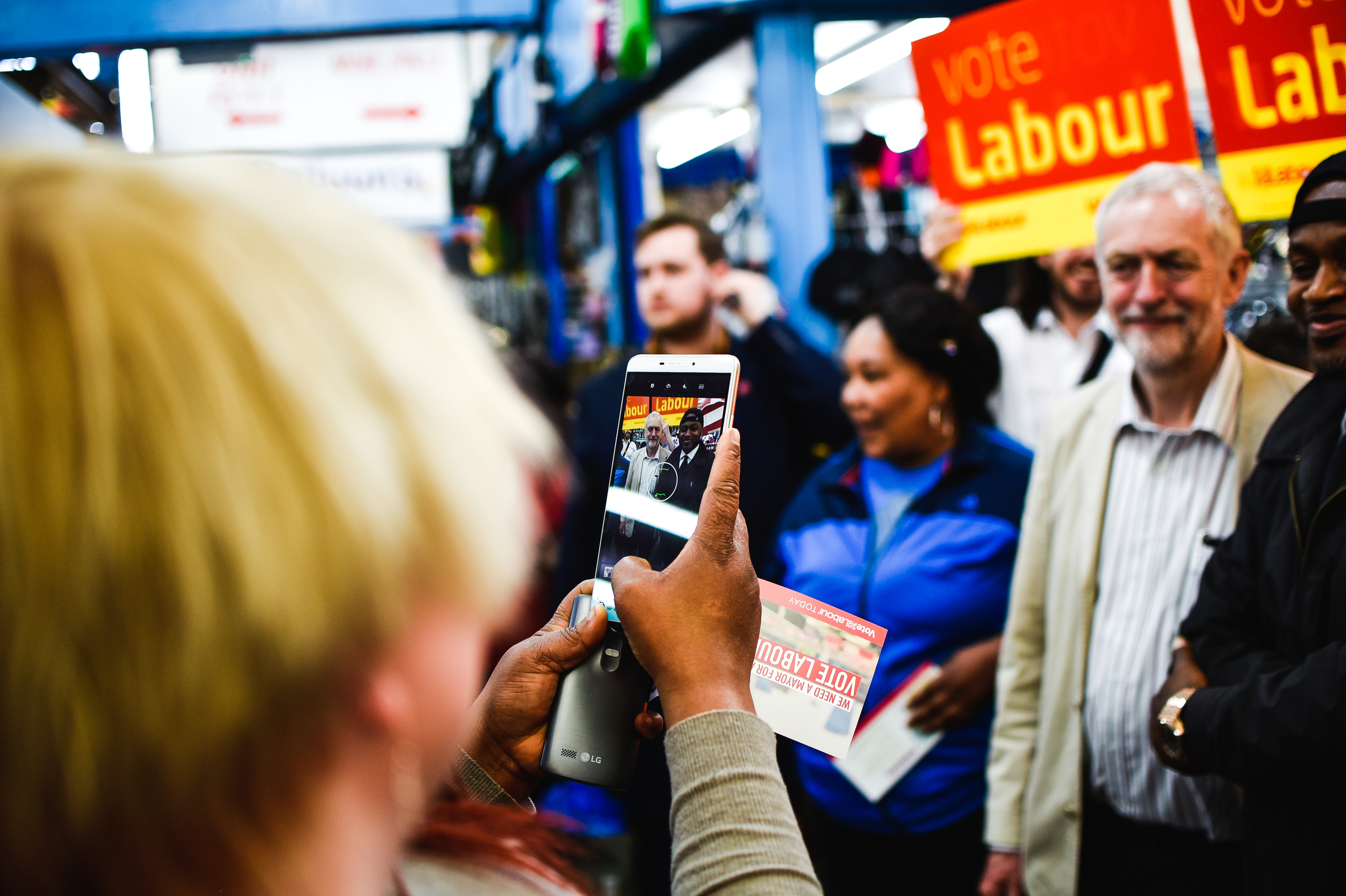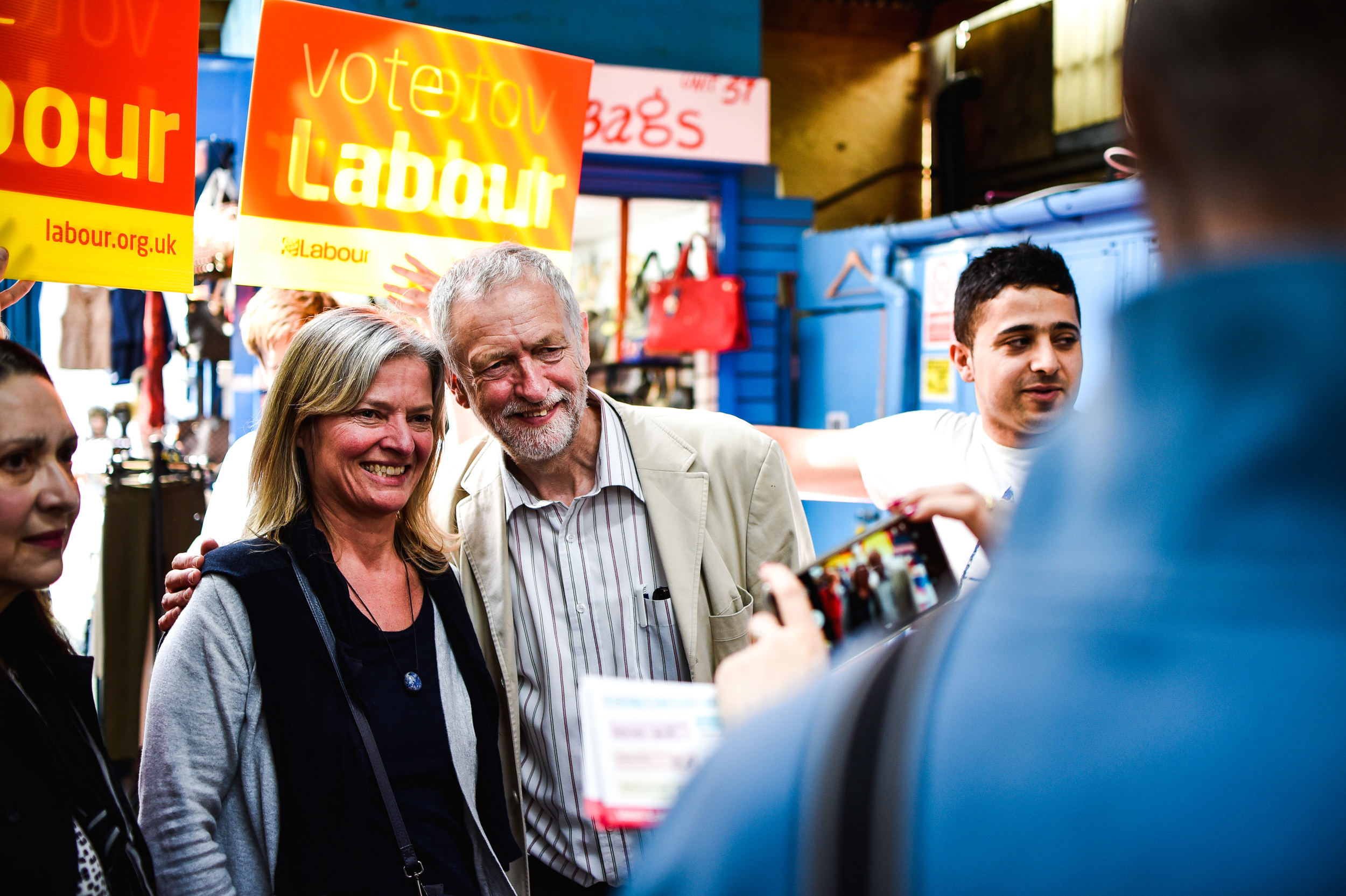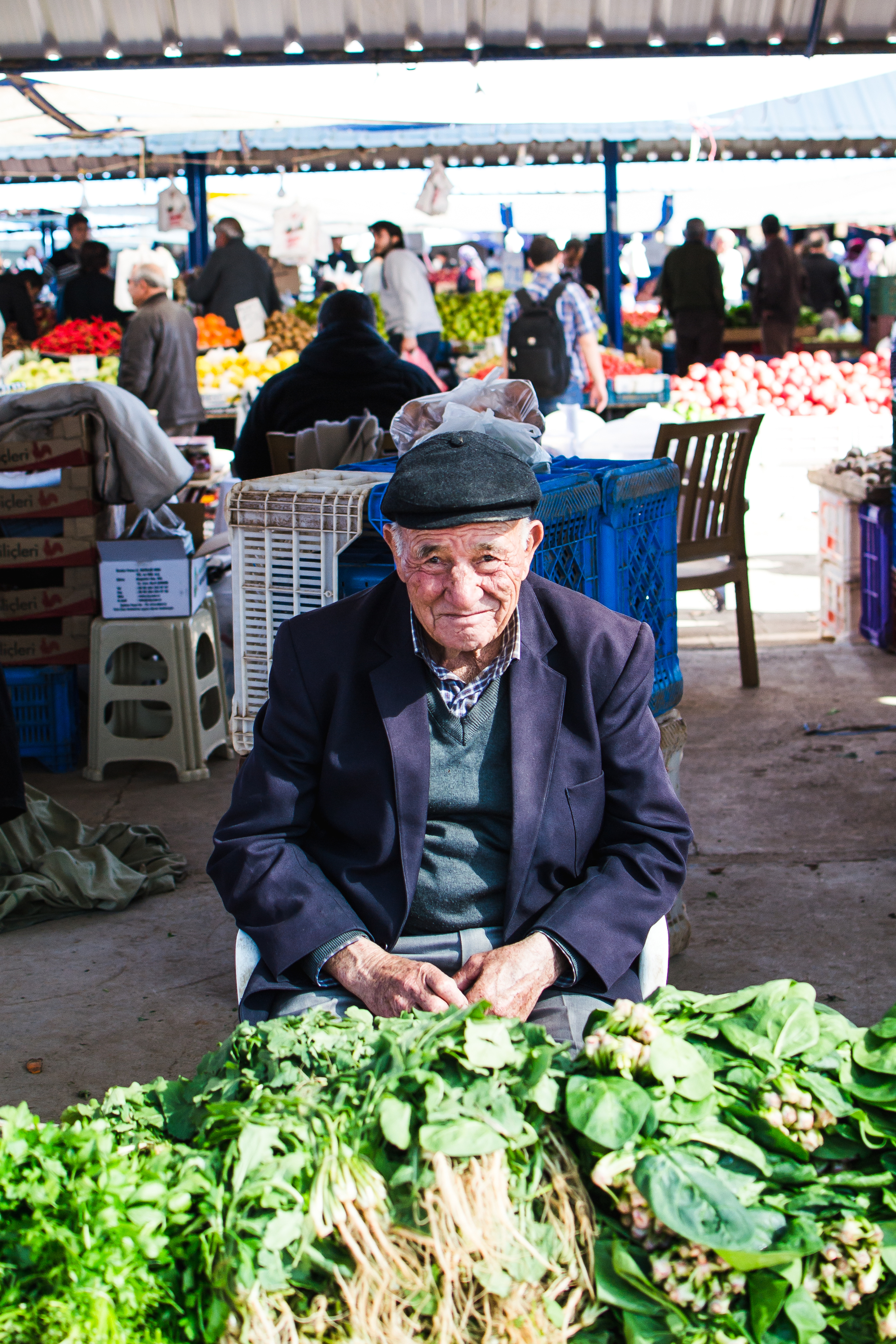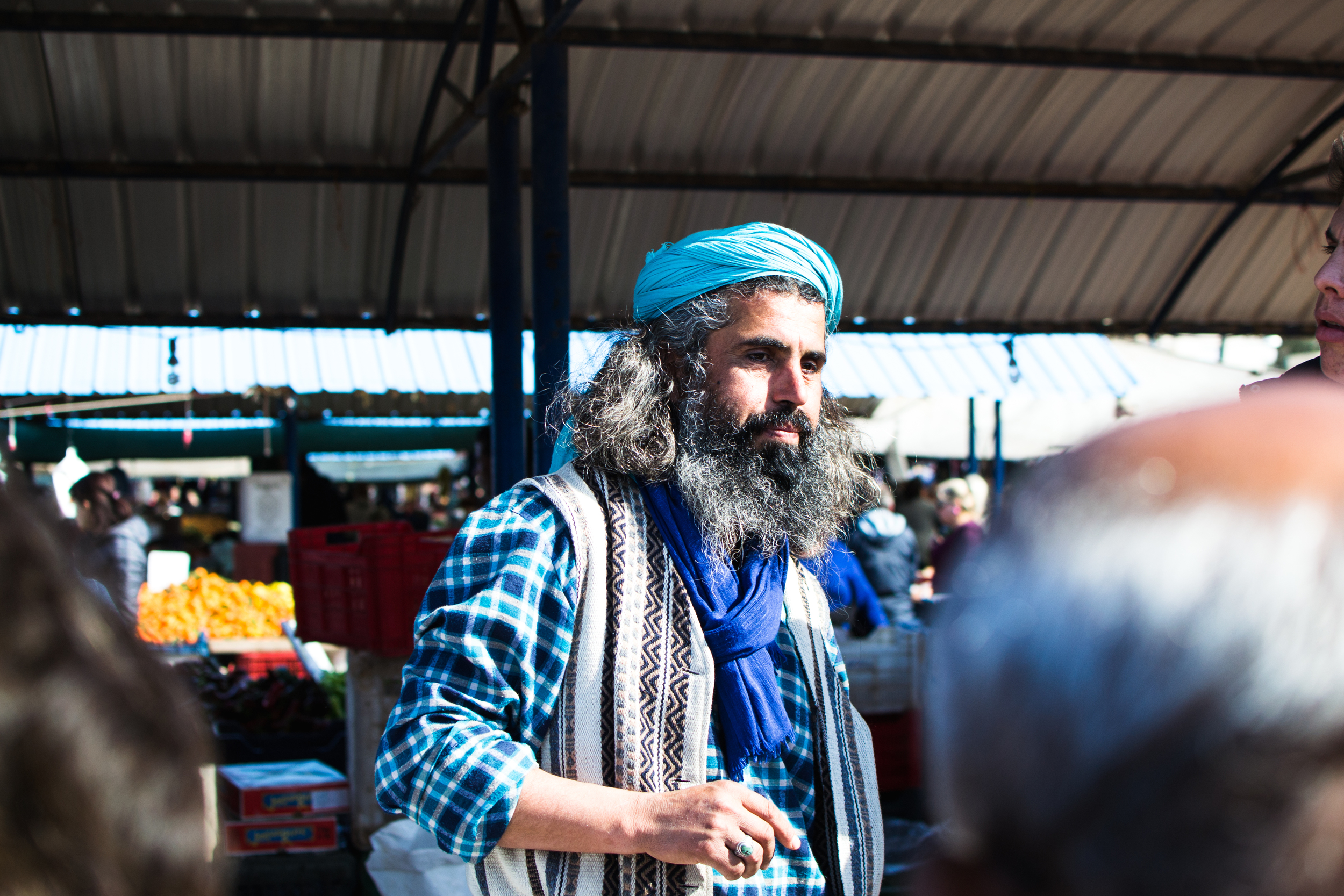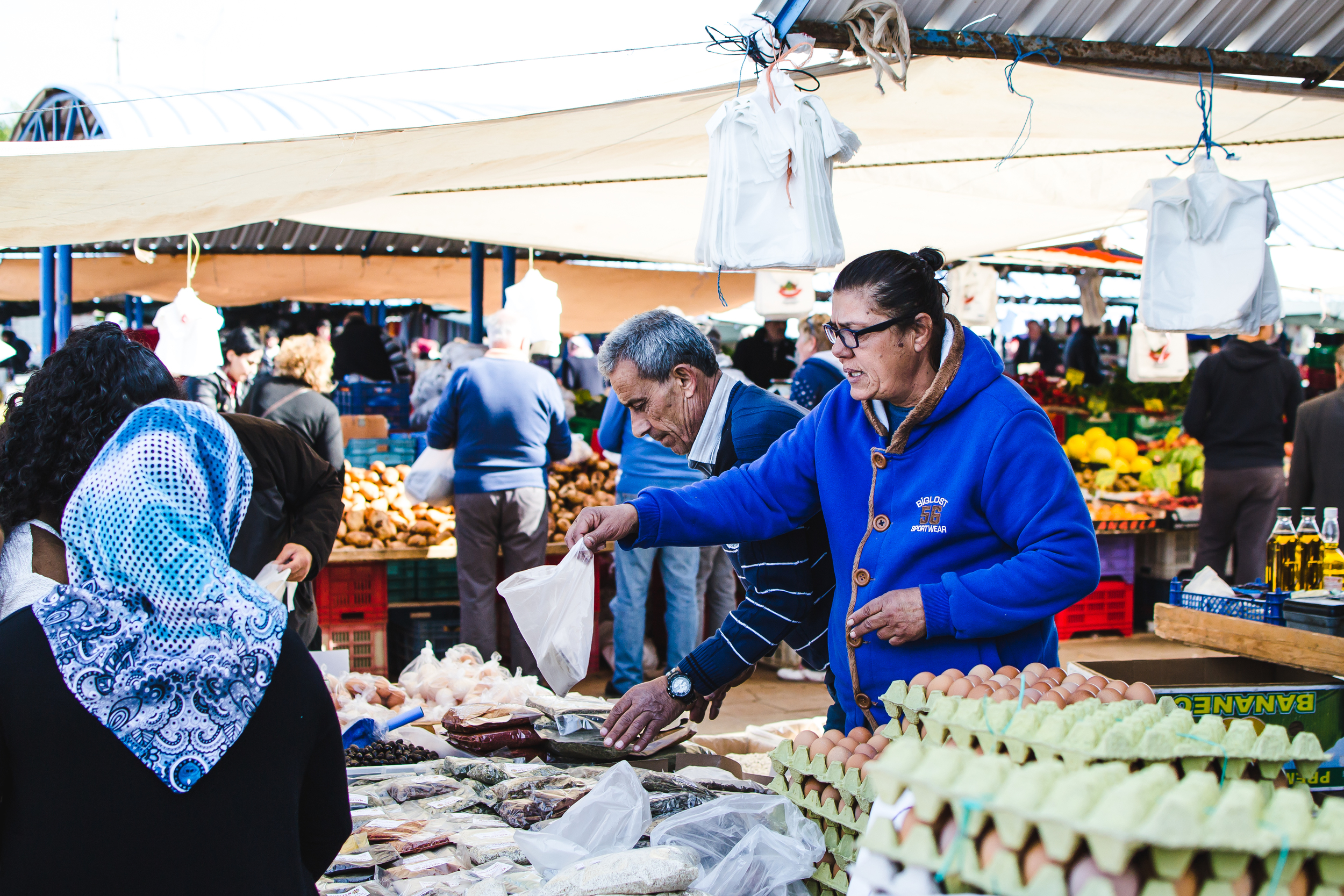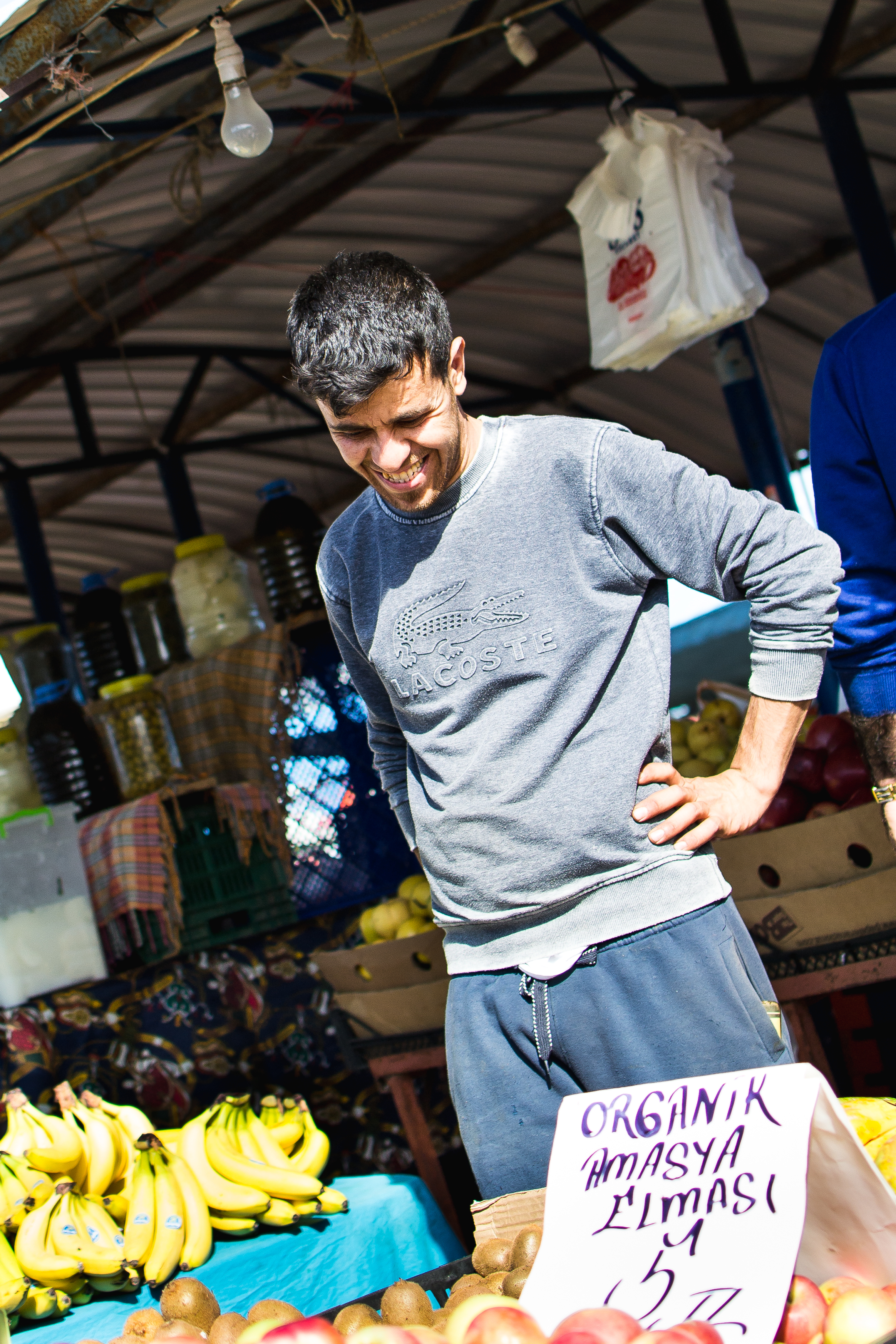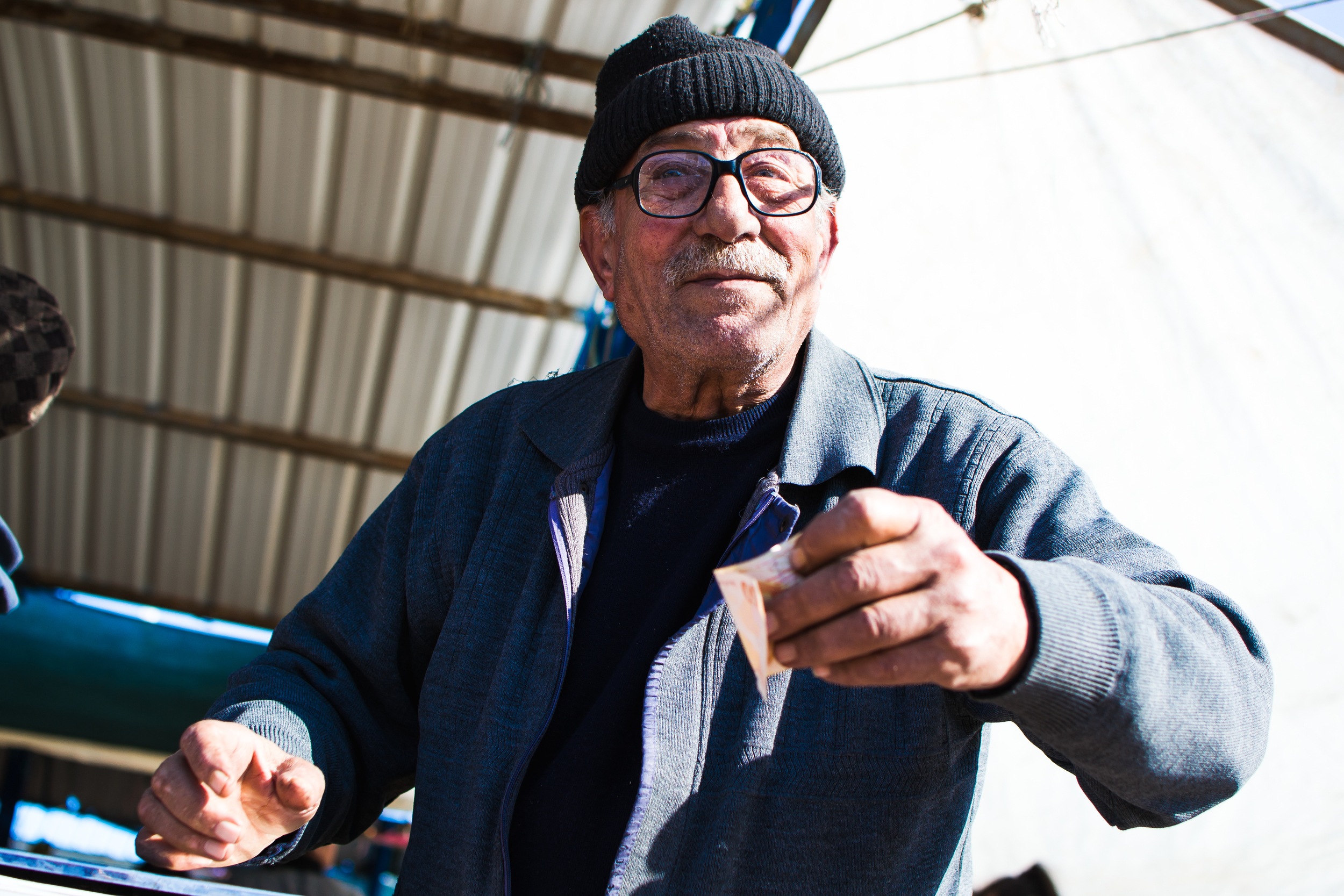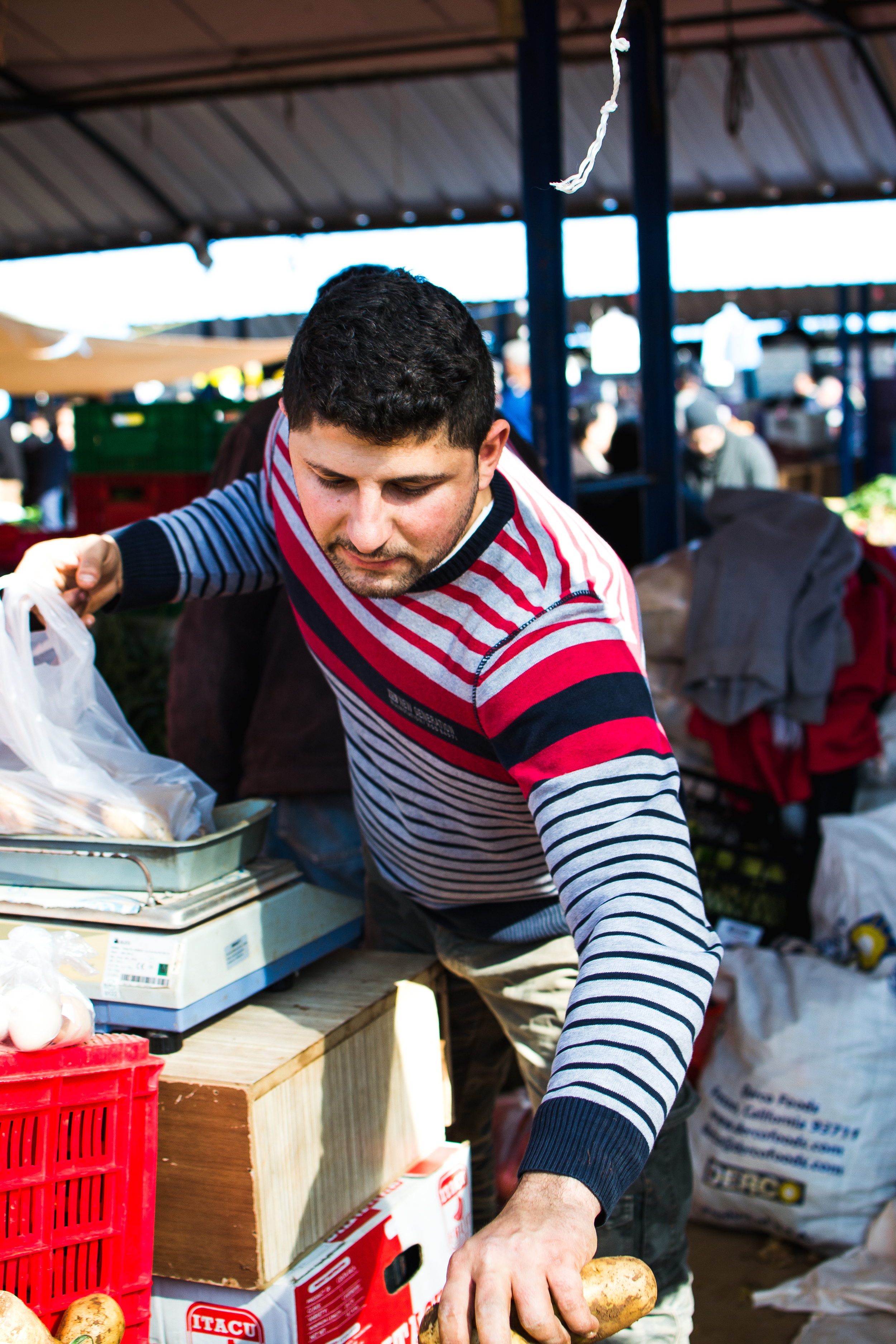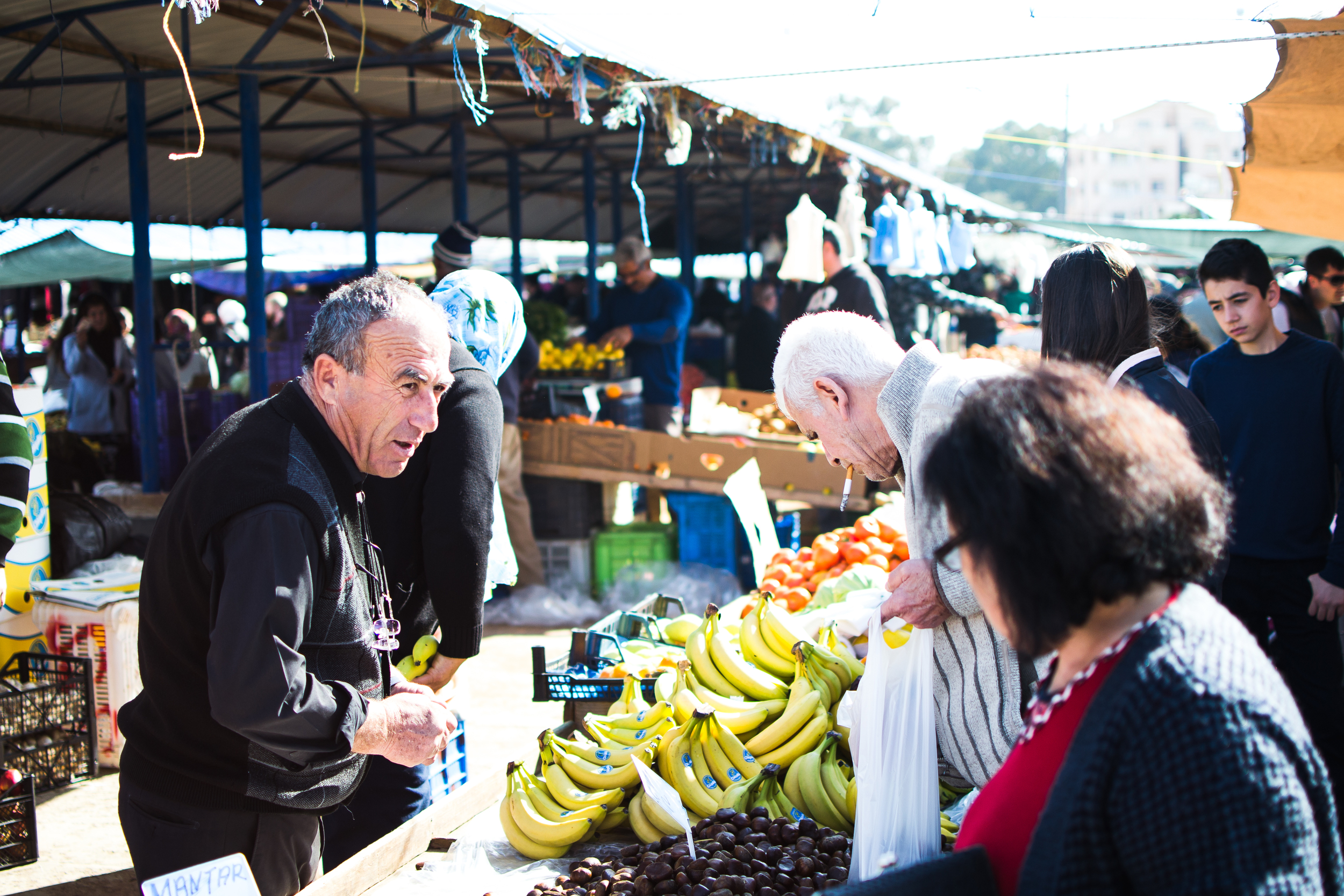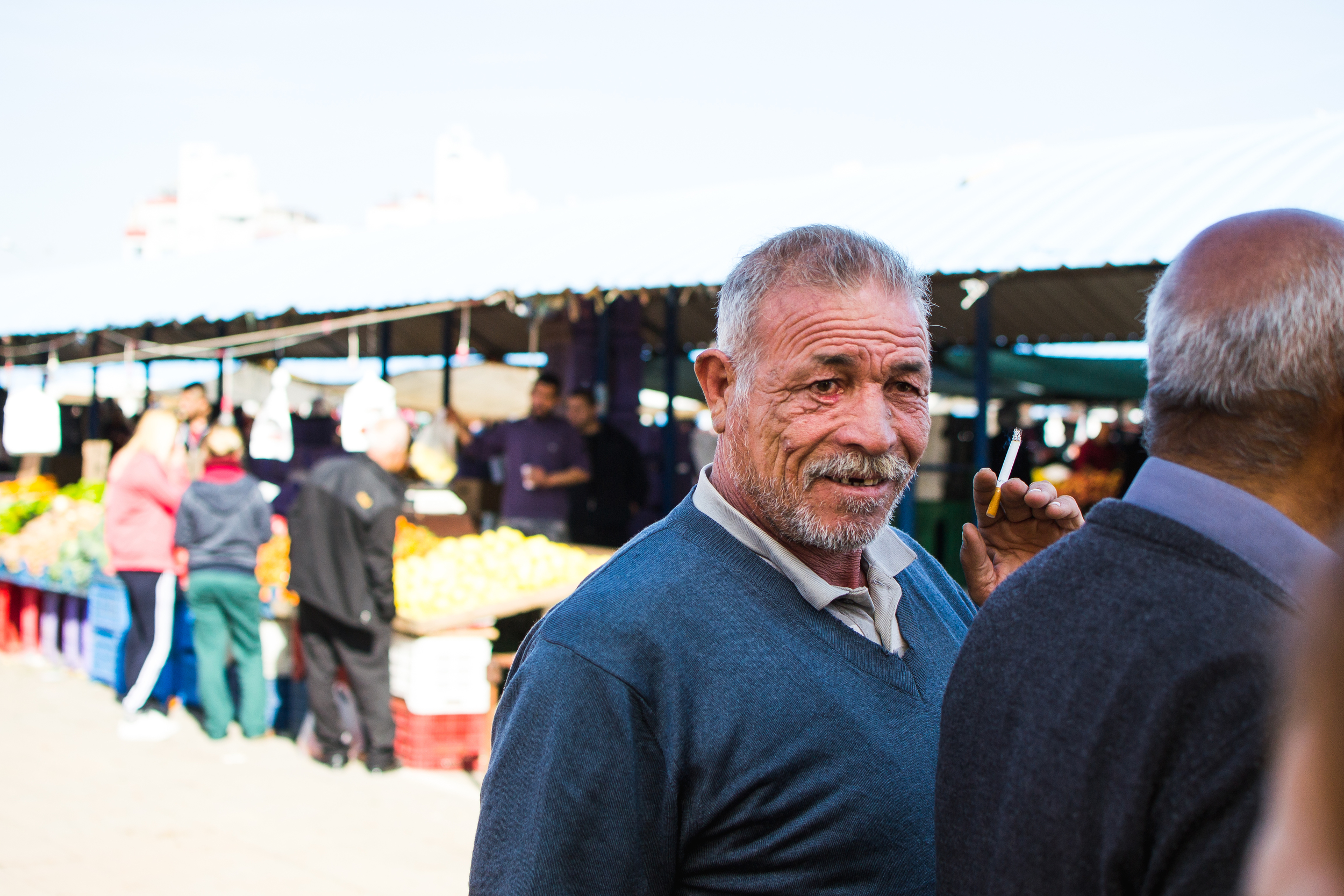The is an essay I wrote in a previous life:
INTRODUCTION
This essay will use Dr Victor Frankenstein from the novel Frankenstein and Dr Christiaan Neethling Barnard, the first surgeon to transplant a human heart, to critique the role of motivation and personality in the development of cutting edge technology. Using the tragedy of Frankenstein as a template, the impact and deeper meaning of Barnard’s transplant surgery will be assessed. Frankenstein and Barnard will initially be discussed separately, focussing on key features of their personality, and then collectively, identifying wider issues, such as their impact on medicine and society. Additionally, the public and academic perceptions of the heart will also be discussed.
There are a variety of threads within these characters; however, owing to the limited scope of this essay, a more focused approach is necessary. Additional areas which could be discussed include the reasons why some individuals push boundaries and if they appear to inhabit a cavalier personality. These questions can partly be answered using psychological and neurological models. Additionally, societal role (i.e. celebrity), ethics, and censorship in accordance to society’s moral positioning, which legislate cutting edge technology (e.g. stem cell research), could provide alternative areas of discussion.
DISCUSSION
Dr Victor Frankenstein
Victor Frankenstein’s personality has often been inaccurately portrayed as cold and villainous. A classic novel with fleshed out, complex characterisation, Dr Frankenstein’s personality is a convincing literary contrivance. The eldest of three children in a conventional upper-middle class family, the early life of Frankenstein was nurtured with happiness and indulgence.
“No youth could have passed more happily than mine. My parents were indulgent, and my companions amiable. Our studies were never forced; and by some means we always had an end place in view, which excited us to ardour in our prosecution of them.”
Shelly 1818; Page 21
Growing up, he was exposed to classical figures, literature, and science – he had a firm interest in anatomy, life, and death. Frankenstein was brought up with a liberal view of studying and was allowed to develop a strong personality. With self-important tendencies, and driven by motivation to achieve greatness, one can sense the desire to create, and an urge for greatness, within which often tragedy lies. There are distinct features of his personality that grow throughout the book (i.e. his bond with his family and friends), but one consistency is that he is of sound mind and inherently is a decent person. The tragedy of Frankenstein is in his inability to cope with the consequence of his desire for greatness, not because he is a bad person.
“…for when I would account to myself for the birth of that passion, which afterwards ruled my destiny, I find it arose, like a mountain river, from ignoble and almost forgotten sources; but swelling as it proceeded, it became the torrent which, in its course, has swept away all my hopes and joys.”
Shelly 1818; Page 22
Throughout the book he displays remorse, a personality trait that dispels maleficence. His remorse is directed towards the resultant grotesque Creature and the Creature’s exacting of revenge on Frankenstein’s family. In short, Frankenstein is able to empathise and communicate with friends. These are just some of the arguments against the popular notions about Frankenstein being a novel about a mad scientist. Indeed, this idea is countered at various points throughout the novel:
“How can I describe my emotions at this catastrophe, or how delineate the wretch whom with such infinite pains and care I had endeavoured to form?”
Shelly 1818; Page 39
“The blood flowed freely in my veins, but a weight of despair and remorse pressed on my heart, which nothing could remove.”
Shelly 1818; Page 69
Dr Christiaan Barnard
Born in 1922, and one of four children of an Afrikaner preacher, Christiaan Barnard gained a scholarship to trained as a doctor at Cape Town University, graduating in 1946. Brought up in near poverty, he had to travel by foot to university, thus motivating Barnard to succeed and earn enough money to provide for his family. Cardiology was the main focus of his studies, later specialising in cardiothoracic surgery early in his career in the United States, where he perfected the first heart-lung bypass machine with the eminent surgeon Professor Wagensteen. Armed with an operational heart-lung bypass machine Barnard returned to South Africa as Director of Surgical Research at Groote Schuur Hospital in 1958. He continued to develop as a surgeon, gaining promotion to Associate Professor of Surgery in 1962. Interested in transplantation, he eventually succeeded transplanting a human kidney; the realisation was made that a human heart was also transplantable (Richmond 2001; BBC 2001). This perspective was perhaps only possible with a reductionist view of the human body; particularly the heart – devoid of romanticism – viewing it purely as a functional organ:
"For me the heart has always been an organ without any mystique attached to it ... merely a primitive pump."
BBC 2001
Barnard’s path to transplanting the first human heart has many facets. During his formative years one of his brothers died from heart disease aged five, a memory revisited as a junior doctor towards a child borne with a terminal congenital heart defect. Socially, the 1960s South Africa was undergoing rapid industrialisation with large economic growth to a variety of institutions. Groote Schuur Hospital was one of them, exemplified by research into transplantation and experimental surgery with animal and human organs. Barnard’s confidence was a product of his environment, with a personality that was assured, confident, determined, and with a touch of arrogance.
“…ego and ambition - that's not a bad thing. If the goal is to help other people you must not have ego and ambition to help yourself. Ego and ambition are to help other patients and I gave my patients 100% attention."
BBC 2001
Barnard trained with a firm belief in his technical abilities and with the finest in their field. Coupled with the political and social climate of South Africa and Groote Schuur Hospital, Barnard explained:
"I did not even inform the hospital superintendent what we were doing."
BBC 2001
On December the third, 1967, Christiaan Barnard became the first surgeon to have performed a human-to-human heart transplant. The operation was heralded a success after the patient, Louis Washkansky, survived for 18 days. Dr Barnard very quickly became an overnight star; recounting the weekend of the operation:
"On Saturday, I was a surgeon in South Africa, very little known. On Monday I was world renowned."
BBC 2001
Barnard was 45 at the time of the operation, with movie-star good looks. He became famous for courting famous stars and attending nightclubs, and embodying the dynamic appeal of surgery (young, innovative, charismatic). An image he was happy to maintain.
A Hurried Exploration of Science
Clear parallels exist between Drs Frankenstein and Barnard, both inhabiting “strong” personalities. They were scholastic, creative, motivated for themselves and family, and worked hard at university. They were both initially pushed into academia by their father, and were ultimately confident that their work would change the world. Furthermore, there is a sense of urgency, a time-specific importance to what they are to achieve and they are interested for wider, societal reasons, as well as for themselves. The benefits to oneself in achieving a first can be indulging and tragic. Tragedy haunts both Barnard and Frankenstein, although in different guises, it is outlined perfectly in Frankenstein with the death of Frankenstein’s brother at the hands of his creation. Barnard later in life confessed that perhaps the suicide of his son was a product of his neglect, the hold of surgery too strong for Barnard.
"I think I should have done more. I was so busy, running around so much, that I neglected my son…I believe if I paid more attention maybe he would not have committed suicide."
BBC 2001
The shared tragedy is one of being consumed by the very thing one created by themselves.
Dr Frankenstein has become an allegory to the irresponsible exploration of science, used popularly to evoke thoughts of grotesque science, exploiting technology to create without thought for individual and societal consequences. The striking point of the novel is the apparent speed through which Dr Frankenstein acts to create his Creature. The grotesque end result is not from creating per se, rather from science moving to fast. The steps leading to this end however, are to be commended, because they are due to inspiration.
“I doubted at first whether I should attempt the creation of a being like myself or one of a simpler organization; but my imagination was too much exalted by my first success to permit me to doubt my ability to give life to an animal ascomplex and wonderful as man.”
Shelly 1818; Page
In reality, all scientific breakthrough result from intense experimentation and research. The research and ground work for heart transplantation were robust and surgical techniques were advancing, Christiaan Barnard himself a lauded cardiothoracic surgeon. The study of immunology however, was at its rudiments and the phenomena of graph versus host disease (i.e. rejection) and immunosuppression were not fully understood, although Barnard himself studied immunology in the United States. The comparison between Barnard and Frankenstein points towards acting too hastily. The operation was technically feasible, what remained a challenge were ethical (e.g. harvesting a heart from an “alive” patient; correct candidate; ethnicity) and immunological considerations. In this sense Barnard took a great risk in performing the operation, perhaps a reflection of his personality.
“He was egocentric, hardworking, clever, ambitious, brash, and somewhat arrogant; he functioned on the principle that anything others could do he could do at least as well. When a report appeared that a Russian surgeon had grafted a second head on to a dog, Barnard immediately did the same thing, a grotesque accomplishment he proudly displayed to those of us who were in the medical school at the time. There was no clear purpose to this other than to show his technical virtuosity.”
Hoffenberg 2001
The operation was a technical success; however, Washkansky died from bilateral pneumonia, a result of inappropriate immunosuppression. This factor continues to expose the speed at which Barnard moved (a comparison to Frankenstein) because Barnard’s knowledge of immunology was not equal to his surgical skills. Factors that make this especially pertinent are the length of survival and quality of life Washkansky had postoperative; one can query at the possibility of a life lasting more than 18 days without the surgery. A utilitarian view justifies the surgery as a benefit to the whole species, at the sacrifice of one. However this argument serves to blur the view of Barnard’s irresponsibility.
Responsibility appears to be in Barnard and his team’s consciousness for the second transplant they undertook (the third overall), as a more measured approach is taken with a healthier donor heart and better postoperative care. This approach underlines the responsible, considered approach, necessary to ethically challenging situations. It is the second heart transplant Dr Barnard performed that cemented his reputation. (It is worth mentioning that other centres equally rushed to perform heart transplantations – an almost “opening of the flood gates” effect. After numerous failed attempts (perioperative and postoperatively), the procedure has now become an effective procedure within cardiothoracic surgery. The initial utilitarian stance regarding Barnard’s procedures of benefiting society is consequently stretched again because of the “learning-curve” for the heart transplantation.)
Effect on Society
The heart has traditionally embodied romantic ideals and has been highlighted with sacred undertones. Classically thought of as the centre for emotional and physical functions, the heart was above all a sacred organ, the centre point of humanity. Aristotle described the heart as the origin of the nervous systems (French 1979). This was elaborated by the anatomist and physician Galen, who explained a physiological role for the organs’ spirituality (Fleming 1955). Intervention to the heart therefore, was viewed as sacrilegious, controversial at best. Post-Christianity view of the heart has changed dramatically and since the Renaissance, the heart has been portrayed as a mechanical pump, most notably by Andreas Vesalius and William Harvey (Rhodeset al 1996). The heart was also seen as a critical life or death organ before the classification of brain stem death (BSD). There remained therefore a great challenge for Barnard and his contemporaries to overcome the public opinion.
To what extent this has been achieved is debatable. The public can still be confused about brain stem death and a persistent vegetative state (i.e. “coma”), declining to switch off ventilators, and viewing death as asystolic death, rather than BSD. (Although, during formal testing for BSD the presence of relatives may ease their grief. (Pugh et al 2000; Pittard 2003). Controversy also exists for some religious populations (Swinburn et al 1999). We still make references to “broken hearts” and symbolically the heart remains the seat of love, not the neurochemical pathways or emotional centres of the brain.
Ethically, heart transplantation proved complicated as removal of a healthy heart from a patient was tantamount to killing (Hoffenberg 2001). The current concepts of death were elaborated from Raymond Hoffenberg’s observations, Barnard’s contemporary. By focusing on neurological activity compared to cardiopulmonary function, the problem of removing a heart and thereby killing a patient was overcome. The heart was therefore seen only as a mechanical pump that acted like an artificial “life-support machine” in maintaining circulation and organ perfusion – a view Barnard himself expressed. The important caveat here was that neurologically, the patient was dead. Indeed, this was the theory which Hoffenberg utilised when pronouncing the patient dead to harvest the heart for the subsequent transplantation Barnard performed.
Owing to the ethical restrictions and bureaucracy that has come to dominate research, operations such as these are very much limited today. This has somewhat restricted and capped individuals such as Barnard. Instinctively, this seems a negative thing, the homogenisation of interesting characters perhaps. However, a more sober view dictates that this is essential for progress. Currently, scientific research is heavily focussed on genetics and stem cell research, which is greatly restricted and legislated for. The same issues exist in an area of science that unarguably is the “very essence” of humanity. The same issue arises as would have for Frankenstein: science becomes grotesque when not tempered by patience.
“Learn from me, if not my precepts, at least my example, how dangerous it is the acquirement of knowledge, and how much happier that man is who believes his native town to be the world, than he who aspires to become greater than his nature will allow.”
Shelly 1818; Page 35
CONCLUSION
The similarities between Frankenstein and Christiaan Barnard are numerous, even if they don’t seem immediately apparent. How can a surgeon, that helped advance a procedure as worth while as heart transplantation, be compared to a fictional scientist that created an abomination when trying to create a beautiful form? For both men, tragedy has crossed over from their professional to private lives; the Creature’s revenge echoing the fame that deprived Barnard’s son of his father’s attention, which ultimately led to his suicide. Both men tried their utmost to do justice to their vision; however, haste proved a folly. The comparison comes alive here – for science must be tempered with patience and control.

